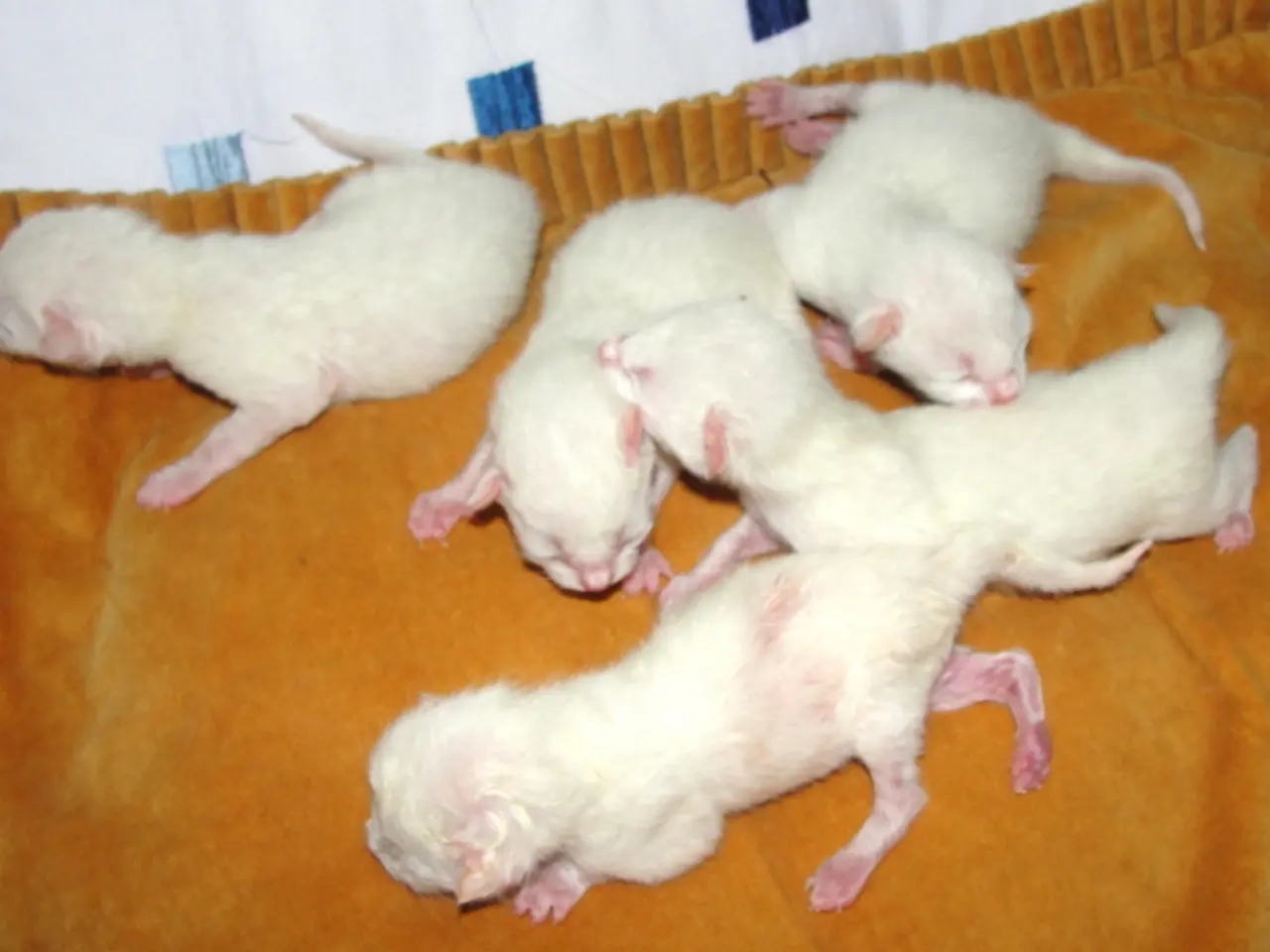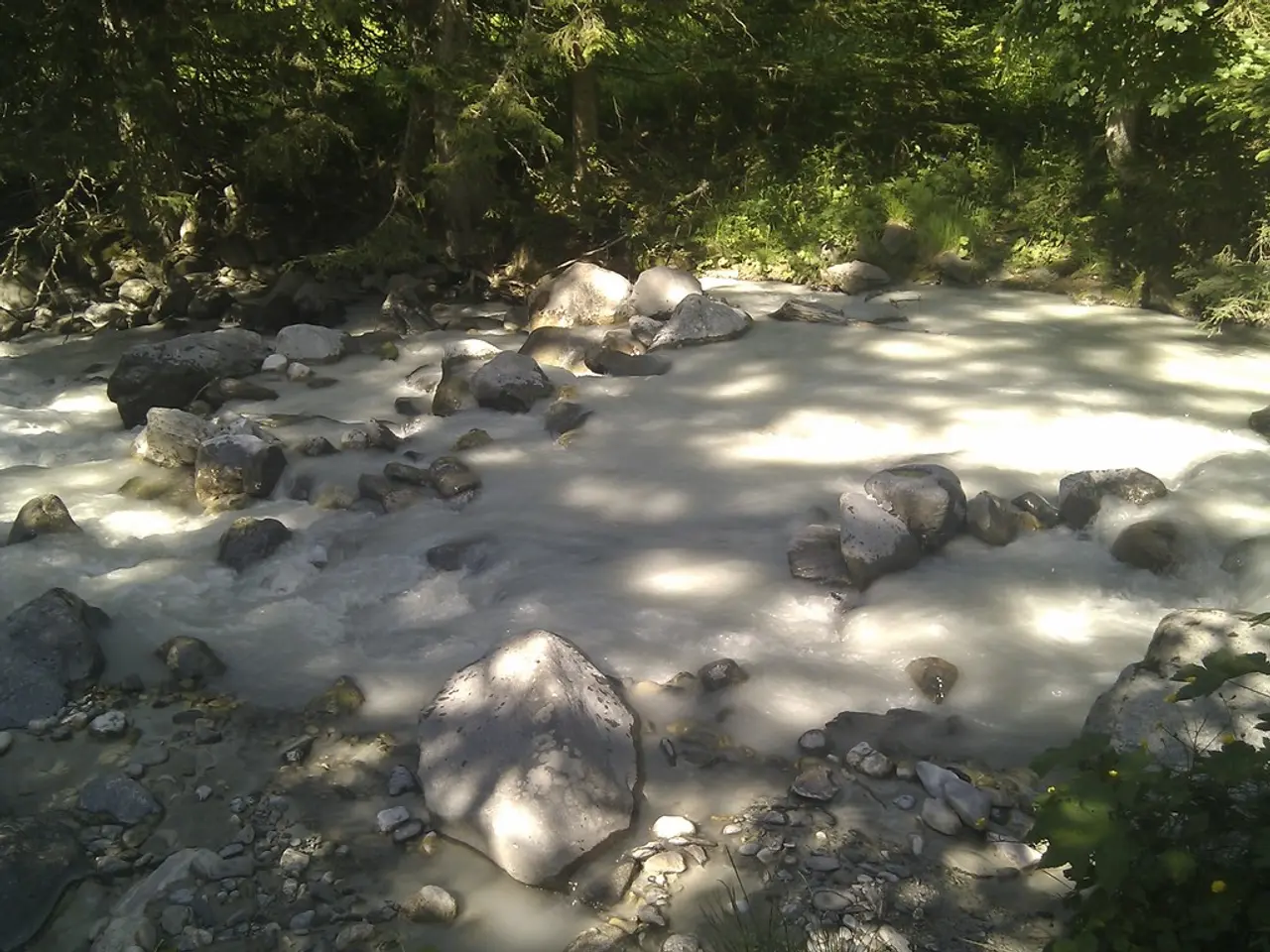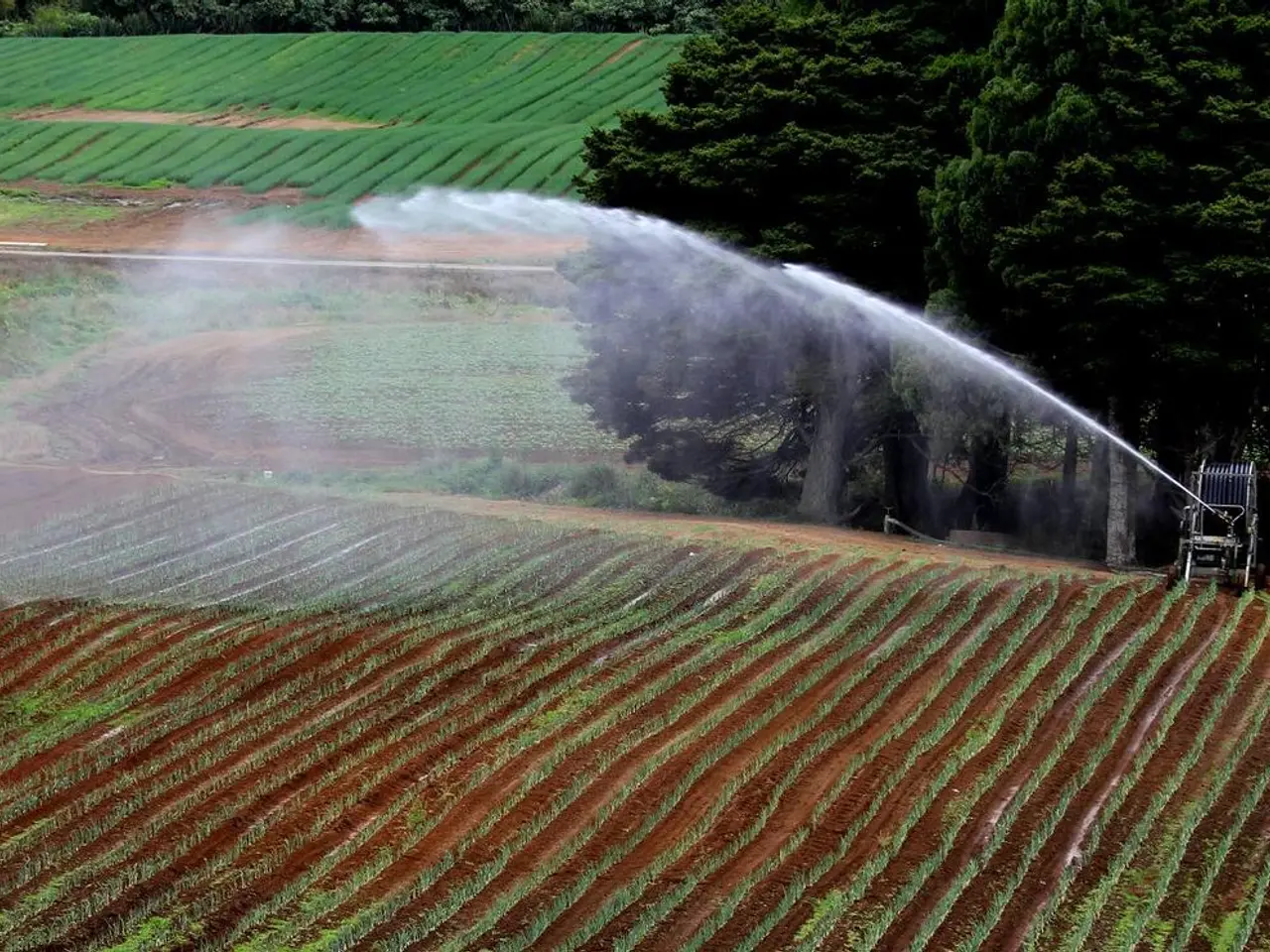Almond Orchards in Central California Overrun: Over 100,000 Acres Affected by Rat Infestation
Rat Infestation Wreaks Havoc on California Almond Orchards
A surging rat infestation is causing significant damage to more than 100,000 acres of almond orchards across Central California, particularly in the San Joaquin Valley, including Merced, Fresno, Kings, and Kern counties. The infestation, primarily consisting of roof rats, is threatening the global almond supply and causing economic hardship.
The rats are not only consuming ripening nuts but also wreaking havoc on the orchards' infrastructure. They chew through irrigation lines, wiring, and bark, leading to significant crop loss (up to 50% in some cases) and equipment damage. The infestation is causing tree damage from burrowing in the root zone, consuming nuts, and disrupting the tree's vascular system.
California, which produces about 80% of the world’s almonds, is feeling the brunt of this crisis. While the rat outbreak causes economic hardship and crop losses, the direct impact on almond prices in California and the U.S. has not been explicitly detailed. However, the significant losses and damage to infrastructure logically suggest a potential upward pressure on almond prices due to reduced yields and increased production costs.
Growers are employing various methods to manage the infestation. These include baiting with slow-acting poisons (diphacinone), trapping, and innovative monitoring tools like tracking tunnels, cameras, and ink cards. Industry groups are actively providing resources and planning to discuss new pest control strategies at upcoming conferences, signaling ongoing efforts to address the crisis.
The expenses associated with this infestation are substantial. Direct tree damage, farm equipment repairs, machinery cleaning, and replacing damaged trees have been reported. Expenses for drip line replacements due to rodent damage range between $56 million and $168 million. The financial burden from the rat infestation could be underestimated, according to a CDFA report.
The California Department of Fish and Wildlife has issued a warning about potentially contaminated wildlife in the area due to rat poison. Furthermore, the infestation is causing the rodents to spread across agricultural fields and orchards through irrigation canals and other waterways.
Scientists advise using tracking tunnels, cameras, and ink cards to monitor rat behavior in orchards. Unfortunately, H5N1 bird flu has been found in four Southern California rats, adding another layer of concern to the ongoing crisis.
This rat infestation is causing massive losses and crop damage in California’s key almond-producing areas, with potential consequences for the national supply and market prices. The infestation is causing economic hardship and damage in Fresno, Merced, Kings, and Kern counties. The ongoing efforts by growers and industry groups to address the crisis offer a glimmer of hope, but the challenges are significant.
- California's economy, particularly in Fresno, Merced, Kings, and Kern counties, is being strained by a rat infestation that is causing devastating damage to almond orchards.
- The environment is being heavily affected by the surge in the rat population, with roof rats wreaking havoc on orchard infrastructure and causing significant crop loss.
- The rat infestation has the potential to impact the global supply of almonds and increase their price due to reduced yields and increased production costs.
- In an effort to combat the infestation, growers are employing various methods, such as baiting with slow-acting poisons, trapping, and utilizing monitoring tools like tracking tunnels.
- The financial burden from the rat infestation is substantial, with expenses for tree damage, farm equipment repairs, and drip line replacements ranging between millions of dollars.
- The ongoing rat infestation in California may not only impact the local almond industry but also have implications for the national supply and market prices, in addition to posing risks to public health due to contaminated wildlife.




